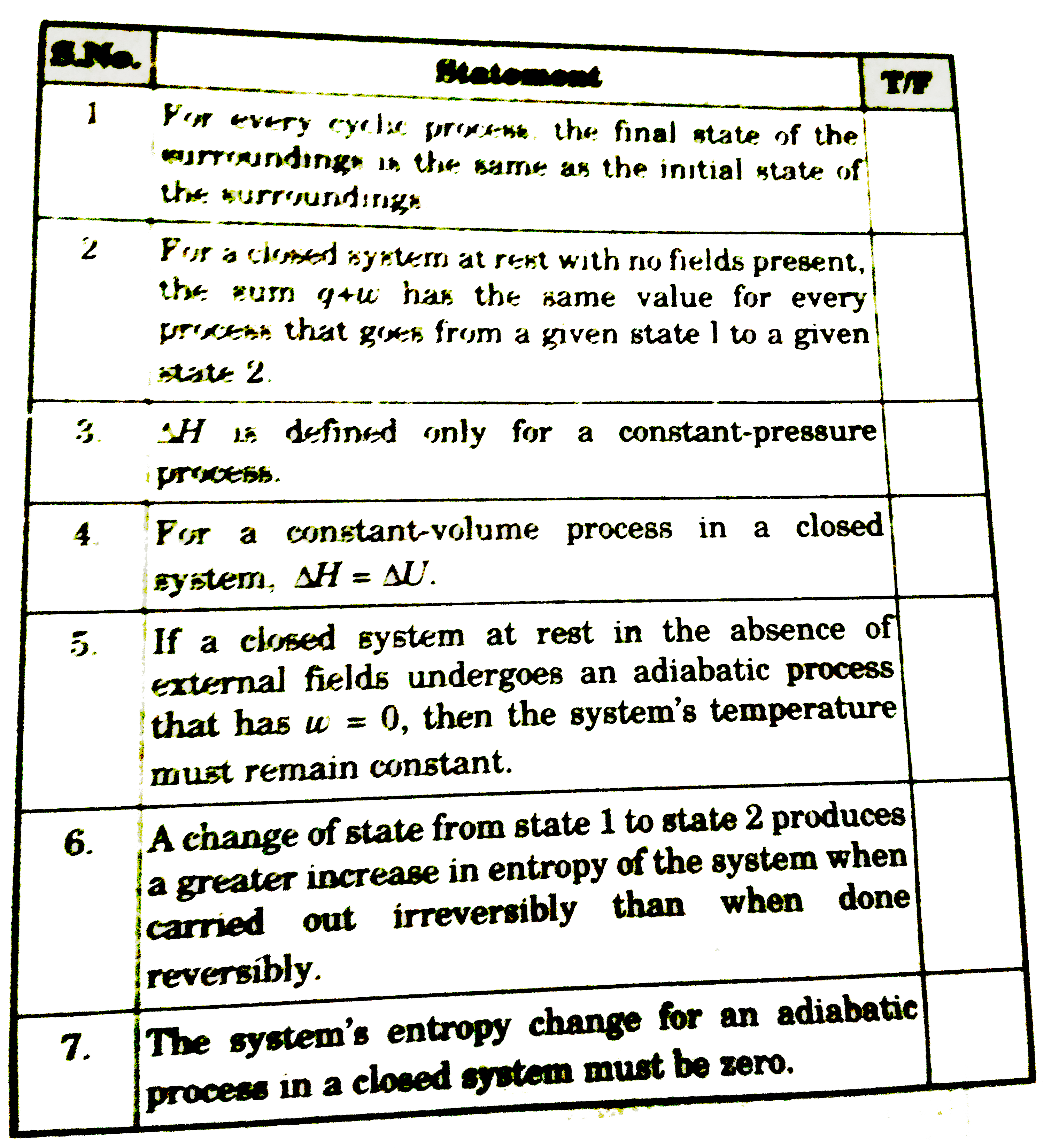TRUE/FALSE TYPE QUESTIONS: A bird is sitting on the floor of a wire cage and the cage is in the hand of a boy. The bird starts flying in the cage. The boy will not experience any change in the weight of the cage.
To determine whether the statement is true or false, let's analyze the situation step by step.
Step 1: Understand the Initial Condition
Initially, the bird is sitting on the floor of the cage, which is being held by the boy. The total weight that the boy feels is the combined weight of the cage and the bird.
Hint: Consider the forces acting on the boy when the bird is stationary.
Step 2: Analyze the Situation When the Bird Flies
When the bird starts to fly inside the cage, it exerts a downward force on the air inside the cage. According to Newton's third law, for every action, there is an equal and opposite reaction. Thus, the air pushes back on the bird, allowing it to fly.
Hint: Think about how the bird's weight is supported when it is flying.
Step 3: Determine the Effect on the Cage's Weight
Even though the bird is flying, it is still part of the system (cage + bird). The weight of the bird is still acting downwards through the air in the cage. Therefore, the boy continues to feel the same total weight (cage + bird) as before.
Hint: Remember that the weight of the bird does not disappear when it flies; it is still acting on the cage.
Step 4: Conclusion
Since the total weight of the cage and the bird remains constant, the boy will not experience any change in the weight of the cage when the bird starts flying.
Final Answer: The statement is FALSE.
Summary of Steps:
1. Initial Condition: Bird sitting on the cage; boy feels total weight.
2. Bird Flies: Bird exerts force on air; air pushes back.
3. Weight on Cage: Total weight remains the same (cage + bird).
4. Conclusion: Boy feels no change in weight; statement is false.
Initially, the bird is sitting on the floor of the cage, which is being held by the boy. The total weight that the boy feels is the combined weight of the cage and the bird.
When the bird starts to fly inside the cage, it exerts a downward force on the air inside the cage. According to Newton's third law, for every action, there is an equal and opposite reaction. Thus, the air pushes back on the bird, allowing it to fly.
Even though the bird is flying, it is still part of the system (cage + bird). The weight of the bird is still acting downwards through the air in the cage. Therefore, the boy continues to feel the same total weight (cage + bird) as before.
Since the total weight of the cage and the bird remains constant, the boy will not experience any change in the weight of the cage when the bird starts flying.
1. Initial Condition: Bird sitting on the cage; boy feels total weight.
2. Bird Flies: Bird exerts force on air; air pushes back.
3. Weight on Cage: Total weight remains the same (cage + bird).
4. Conclusion: Boy feels no change in weight; statement is false.
Topper's Solved these Questions
Similar Questions
Knowledge Check
Negation of the statement 'This is true and That is false' is
AThat is true or This is false.BThat is true and This is false.CThis is false and That is true.DThis is false or That is true.Negation of the statement "This is false or That is true" is
AThat is true or This false.BThat is true and This is false.CThis is true and That is false.DThis is false and That is true.
Mark as true or false :

Find the number of false statements.
View SolutionTRUE/FALSE TYPE QUESTIONS: A body in linear motion can be in equilibrium
View SolutionA triangle is not a polygon. (True/False)
View SolutionIf p↔q is false, and q true, then p is
View SolutionCite examples of true and false metamerism.
View SolutionWhich of the following statement are true/false ?
View Solution
